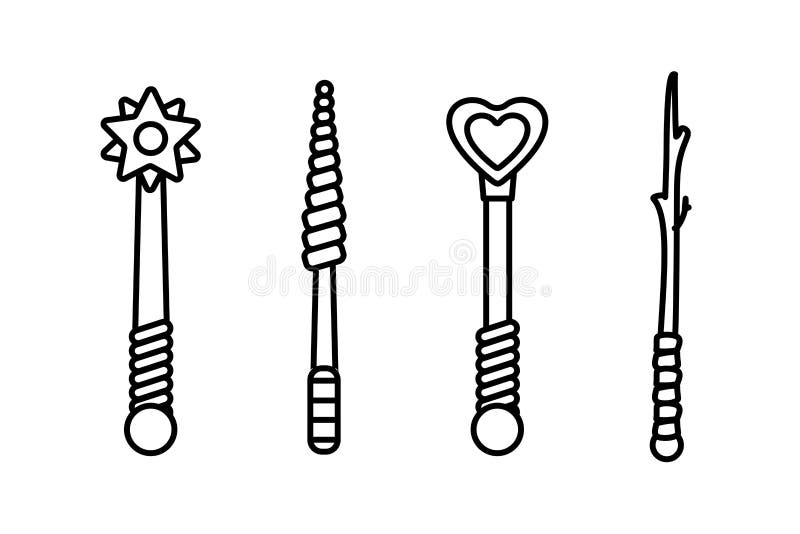

The exploded view in the right shows all separate parts. A good amount of small curve pieces must be made and joined together until you have separate, but well fitting closed shapes that can be colored like this: Inkscape has very well working snaps - It was very easy.ĭrawing it in Inkscape is a good option if you are skilled in tinkering with curves, splitting and joining them. As an illustration of a calculation principle that can be fully acceptable.ĪDDENDUM: Just to see how it can be drawn in Inkscape I made the backbone group there (it's green) and tried to insert splitted ellipses to the crossig points. In the original you can see projection errors which make it a little easier to draw in 2D.
Revolved version is a right projection of a 3D object. The revolved sphere, especially the shell increment is quite different than in your original drawing. The backbone drawing is sent to back and the sphere is dragged over it.The unnecessary vertical line is also deleted. Unnecessary circle arcs are selected with the direct selection tool and deleted. But they can have any color because they are separate objects, if everything is ungrouped enough many times.ġ2 The backbone drawing is ungrouped. This one needs 3 subsequent ungroupings until it's freely editable.Ī radial gradient color has been given to two biggest surfaces. Expanded shape is often a multilevel group. Expanding a 3D effect happens with Object > Expand Appearance. The shape is expanded (=the effect is fixed) and a black stroke is given. In the revolve dialog No Shading is selected. The shaded version is internally made of tens of differently colored splinters. It can have a stroke and it can be easily recolored. That means it's much simpler than the shaded version. It offers clear benefits, because it has only one color. If you want the stroke, you can ungroup the backbone and stretch the outer circle a little: I would leave orange parts totally strokeless and delete the partially hided half circle in the backbone. Wrong! It's tilted 15 degrees, the stroke is behind the horizon. If you the image 7, where the backbone drawing is squeezed horizontally, as told, you can say "it does not fit in the left". The backbone drawing must be scaled horizontally (Object > Transform > Scale ) to cos(15 degrees) = 96.6% to make it fit with invisible small error: 3D shell is rotated 15 degrees to show the shell thickness. It must be a group, because it must be squeezed horizontally to make it fit. Obviously you want to see the backbone drawing and the revolved parts in the same. NOTE: You can recall the effect dialog for tweaks by clicking the effect in the Appearance panel. Light options are normally hided, click "More options" to see them. Another possiblity is to have no shading at all. Every setting is essential! I have added two lights and reduced the ambience light to get a shading that I see good. Group the orange pieces, Object > Transform > Rotate them 90 degrees If they happen to have some stroke color, remove it.

Ungroup the shape and delete all plain lines and curves, leave the orange pieces. click the areas which you are going to revolve. Select orange fill color & no stroke color. Select all, group all and make a spare copy of the group (drag aside holding Alt) because the original get trashed in step 4. This all is the backbone of your drawing. Have only strokes, no fill color!Īlign all horizontally and vertically to same centerpointĪdd two lines to make the sector limits for your dθ. I see good texts and all those small auxiliary drawings more tricky than the sphere.īe sure you have smart guides ON, snap to points ON, all other snaps OFF.ĭraw a couple of circles (=ellipses, but drawn holding Shift pressed at the same time) two lines, one horizontal and one vertical. The sphere can be a simple revolution in Illustrator, but it can be drawn as well without 3D effects. It takes about 15 minutes if a skilled vector illustrator redraws it.

#VECTOR MAGIC LINES AROUND SHAPES ILLUSTRATOR MANUAL#
You can buy manual redrawing if you cannot do it for some reason. Or at least 5 times sharper original bitmap image. Tracing it automatically - forget! It needs human reasoning to get it right.


 0 kommentar(er)
0 kommentar(er)
